1stwebdesigner |
| What Programming Language Should I Learn in 2015? Posted: 26 Feb 2015 06:35 AM PST We live in a peak time of information technology. What Is The Biggest Mistake Web Designers Make The Most Often?We have written and grown a lot with you during these years in this web design industry. As year 2015 has arrived, you must think about where you want to go and what you want to accomplish. It is time to learn from the past years mistakes and with new-found inspiration start trying new things again. For me this 2015 is the chance to be foolish again after being bruised by business failures (lessons). As Steve Jobs says –
As you have noticed here at 1stWebDesigner, we don’t go into teaching hardcore programming or anywhere deep in graphic design (but we care a lot about converting and usable websites). We know that if you really want to learn, there are more than enough good resources to learn deeply about programming, web designing, and becoming a high level graphic designer. However, we have noticed the main reason why most web designers don’t succeed is because they fail to see their freelance web design venture as a business. They think that if they learn good skills and the right web programming languages, clients will come magically. But this rarely happens! Consider this – Most people despise salesmen, most especially a used car salesman. A lot of people always cast them in a bad light – opportunists. But why do you think sales people often get paid the most in the company? Even the best products need to have a marketing campaign because they need to be sold. The same way goes for your freelance career. For it to become successful, you need to understand that once you start working as a freelancer, you become your own boss – you own the business. Owning a business means, you need to manage the finances, you need to sell your services to clients, and you need to actually do most of the work. Most designers fail in this area – they cannot find clients, they don’t know how to stand out from the crowd, and sell their services. Do you stand a chance versus big agencies? Oh yes, you do! Big Brands Prefer To Work With Smaller AgenciesThe good news is that, now, once you know what you are doing, you can get contracts from big brands. That is what we are focusing here at 1stWebDesigner. Giving you the business knowledge you need to land these high level clients and become a true 1st Web Designer – a professional who takes control of his life, is successful, and financially stable. Your biggest strengths that will make you attractive to big brands are SPEED and PERSONAL ATTENTION. You are fast because it is just you or you have a small, agile team. What are your strengths compared to big agencies?:
Clients love speed, quick turnover, and they love to see their agencies #deliver. Are you one of these agencies? What technologies, programming languages to use?These are the regular questions often asked by people at 1WD
You always want to find the next great tool or the shiny app of a new programming language that will help you have a competitive edge in the web industry and show that you are true ambassador of new technologies. Ruby on Rails programming language, Ghost, Craft content management system built with PHP and C, Java, C++ for mobile app creation are super trendy right now. Before you decide to learn a new language, however, decide what you truly want to achieve. Do you want to spent countless hours coding and designing, or you want to run a web design business? There is nothing wrong with being a hardcore programmer or true artist, but we are here to educate you about having a bigger impact, scaling, and helping clients to create a CONVERTING website. Programmers will solve technological issues and designers will make everything pretty but a 1st Web Designer will know the basics of programming and designing but will look beyond that by helping clients create an effective, converting website. Make sure you know the basics of design and business. What does creating a converting website means?It means you know about internet marketing. You know about A/B testing. You know what drives sales, how to set up a mailing list, and you how to create a landing page that is beautiful as well as converts visitors to sales. You will not let technology stand in your way. As you learn the business skills, you will understand what the client truly desires when he looks for a designer who will build the website for them. Your client won’t be technologically smart and that’s why he needs you. However, your selling points aren’t – “I will apply the latest web design trends, use Ruby on Rails, and create a responsive great looking website for you!” Your selling point is to understand why the client is hiring you, what results he is looking for and then, deliver him the results with your skills. You might not use the sexiest JavaScript plugin or latest programming language for that, but nobody cares except you. Your client just wants results and he wants them fast. He doesn’t care how they are achieved. We are proposing you a world of delegation and working on solving difficult problems by using your designers and business knowledge. This is the way of a professional. This is the principle we embrace. Can you imagine how this world would look like? We have two great case studies with Lauren Gray and Ouida Mac, who learned how to delegate and serve their clients better. They become smarter and they were making more money. Who wouldn’t want that? By delegating and having a team, you can basically make several copies of yourself and have a much bigger impact and faster results. The Podcast Episode with Lauren Gray Listen To A Success Story From Lauren GrayOnly those who have been in the freelancing business long enough have seen its dark side – cheapskate clients who give little value to your talent and work. Such was the case of Lauren Gray, who used to charge just around $300 for a web project but is now charging 10 times the amount of what she used to charge. From being one of the freelance web designers in the sea of the web design industry, Lauren Gray has successfully transitioned herself to become a market leader who found her own niche and go on to establish her own company. Read the original article here. The Podcast Episode with Ouida Mac Listen To A Success Story From Ouida MacOuida was able to transform herself from someone else’s contractor to becoming her own manager hiring other designers to do the work while she focuses on the more important aspect of her business. From $15 – $20 an hour, Ouida now charges $75/hour, an amazing 200% increase from what she used to charge. Read the original article here. The best way to grow your business is to learn the business skills, delegate, and get contractors and partners to help you out on a per project basis. But wait, wait, don’t run before you can walk. Have The Foundation of Web Development FirstIn order to hire and delegate people successfully, you still must know the foundation of web development. What’s behind building a responsive website, what’s behind the styling and designing, how to build a functionality in the website your client needs. Don’t become a ninja god at it. Just learn the basics so you can effectively delegate and realize if any of the contractors and your helping hand is messing around with you, taking too long time, etc. To help you do that, we have developed a web design course for you where we teach every aspect of creating a successful website, starting from design, concept, styling, deployment, etc. Get the foundation you need to have as a professional web designer. Get The Ultimate 2015 Web Design Learning CourseWe recommend that you rely on the proven tools which let you work quickly and effectively. By using proven and tested programming languages for web development, you will save time and will be able to provide fast results to your clients. That is why, we recommend learning these top programming languages and graphics tool:
All of this is enough, so you can focus on learning how build a website, that leads to results client desires. By delivering high level results, you will be able to charge more much faster. You will become irreplaceable. It is true that clients can find another good designer or programmer much easier but they will have difficulty finding a professional who understands what they need and will create a converting website. Our recent course will allow you to learn the fundamentals you need. We spent a year in 2014 to learn from the previous course feedback; thus, we are able to build even better training course the second time around. Here is the live demo preview of the site, so you can see what you will build from scratch if you join us. We believe we have created The Ultimate 2015 Web Design Learning Course, which will teach you how to build your own WordPress website which is 100% responsive and flat. In 9 hours of video content, you will learn how to build website from scratch in Photoshop and then convert your PSD design to HTML5 and CSS3. Finally, we will also teach you how to use Bootstrap magic where you will learn how to convert website to fully responsive and functional WordPress website. We throw in some business lessons, interviews and many bonuses as well to amplify your learning and help you get some clients as well! To learn more about the course, visit RockingCode.com. What you are waiting for? Take your skills to the next level right now! Make sure 2015 is the year of changes and great achievement for you! What is your opinion about learning new programming languages versus learning business communication skills and delegating? |
| You are subscribed to email updates from Web Design Professionals - 1stWebDesigner To stop receiving these emails, you may unsubscribe now. | Email delivery powered by Google |
| Google Inc., 1600 Amphitheatre Parkway, Mountain View, CA 94043, United States | |

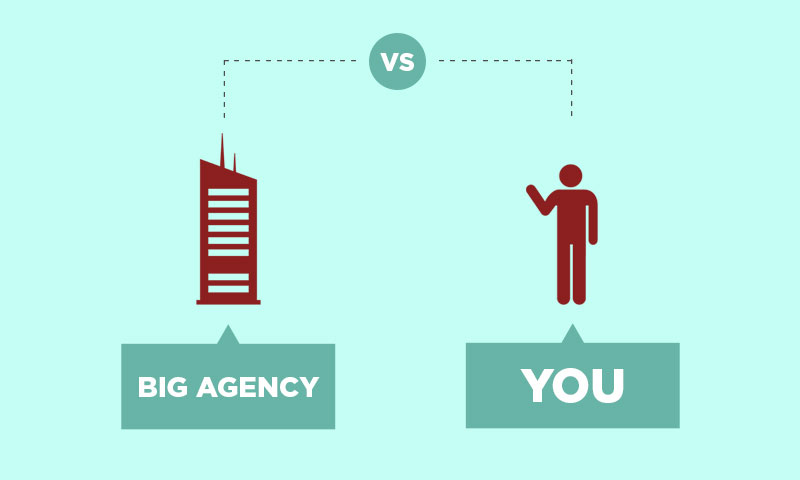

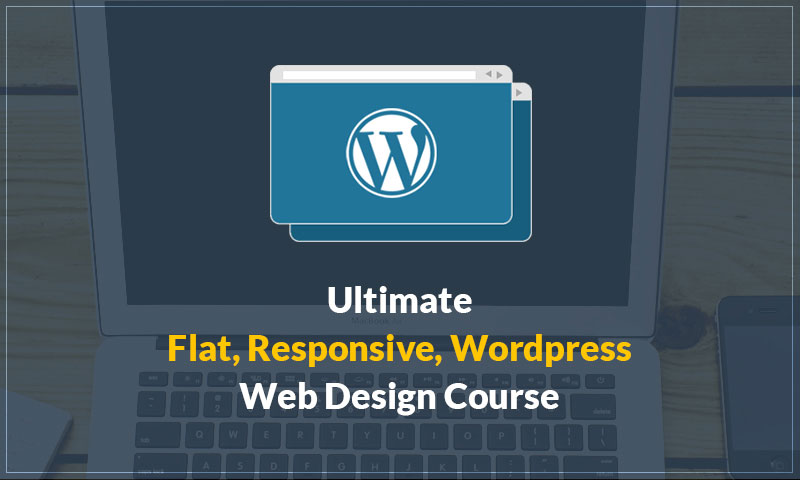




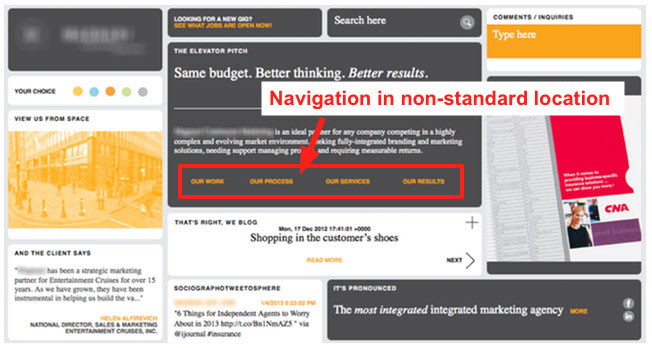
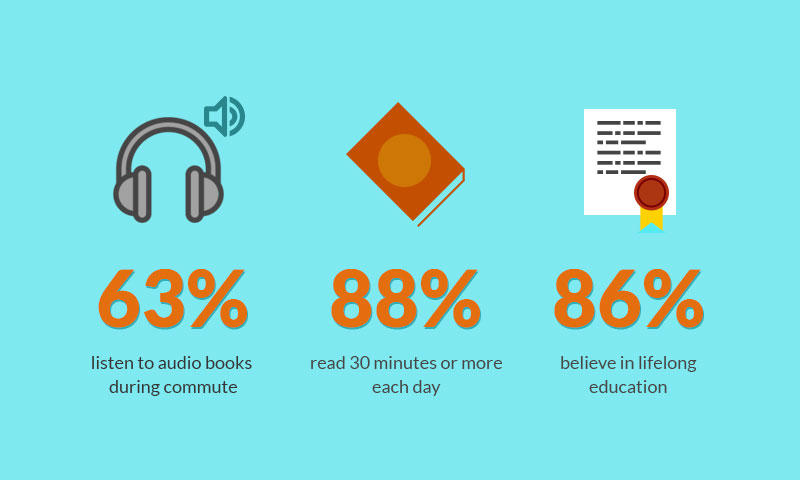

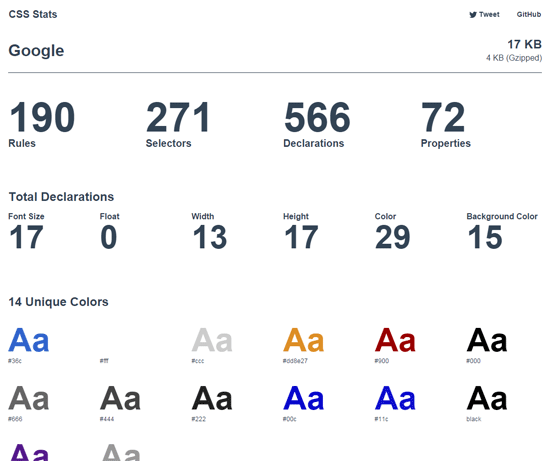



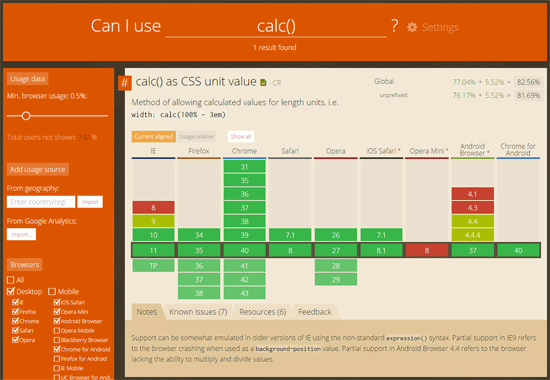



 Avinash Kaza is a senior developer at
Avinash Kaza is a senior developer at